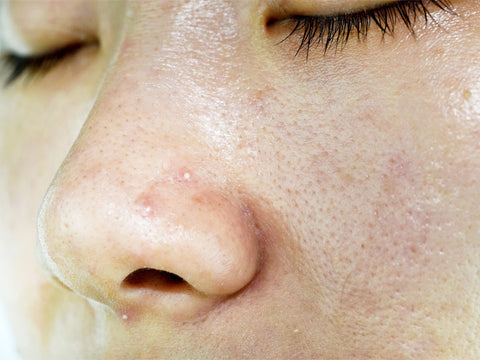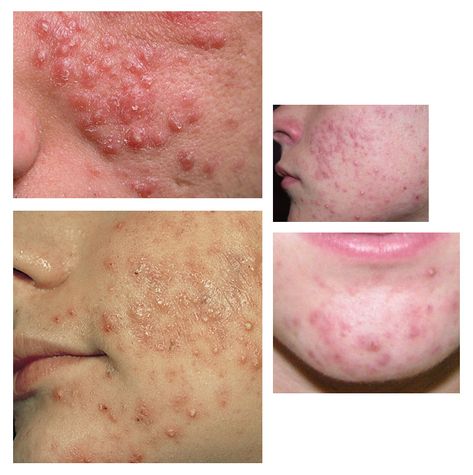
There are several different types of acne, from mild whiteheads and blackheads to severe cysts and nodules. While most people experience blackheads and whiteheads only occasionally, acne clogged types can be more difficult to treat. These pimples can be quite painful and can result in deep scarring. If you have acne clogged types, you will need to see a dermatologist.
There are several reasons why pores get clogged. Dead skin cells, hair, and sebum can all clog the pores. When these things clog the pores, the body sees invading bacteria as an infection and reacts by producing inflammation and swelling. The most common cause of clogged acne is touching the face frequently. Genetics can also play a role in acne occurrence. People with oily skin are more likely to have clogged facial pores.
The main reason for clogged pores is bacteria. This bacteria enter the pore and cause it to become inflamed. As a result, oil production increases and sebum builds up. The result is a blackhead or whitehead, which are caused by a buildup of dead skin cells. In more serious cases, the oily skin can lead to cysts and nodules. There are also different treatments for acne clogged skin types.
Blackheads and whiteheads are caused by blocked pores. The excess sebum causes the pore to become clogged, which leads to inflammation. Inflamed skin can also be due to genetics. If the oil glands in your skin are overactive, you may be prone to clogged pores. In some cases, the problem can occur as a result of a lack of proper cleansing.
The most common forms of acne are spots and nodules. Although there is no single type of acne, there are various types and ages. If you have a mild case, you might only see a few whiteheads. If you have a moderate case, you may have cysts and nodules on your skin. In either case, a combination of products is the best solution for your acne.

The most common types of acne are whiteheads and blackheads. These are caused by dead skin cells blocking the pore opening. The clogged pores may be painful and can also be inflamed. While whiteheads are the most common forms of acne, they are not necessarily the only type. Some people are born with dark spots on their skin, but they’re very uncommon. This is an important sign of clogged pores, and a reason to avoid the products that contain harmful chemicals.
Blackheads are the most common type of acne, and they often occur due to oily skin. The sebaceous glands produce the sebum needed to protect the skin. However, sometimes the sebaceous glands become clogged with dead skin cells and bacterial infection. These clogged pores are a sign of a serious underlying problem. Some people may even develop cysts. If so, you should consult a dermatologist to learn more about this condition.
Clogged pimple pores can become infected and turn into blemishes. Infected acne is a type of clogged pore. These are not closed comedones, but open comedones. This means that sebum is trapped under the skin. These clogged pores are a sign of a cyst and eventually turn black.
Clogged types of acne are the most common type of acne and can be difficult to treat. They can develop into inflammatory papules and nodules. The first step in treating acne is finding a dermatologist who specializes in acne. To choose the most effective treatment, you need to have an idea about the cause of acne. The right type of medication is vital in preventing and clearing skin blockages. For more information about acne and its treatment, visit https://handaldok.com/.
There are several different types of acne. The inflammatory type causes swelling of the skin, while non-inflammatory acne is non-inflammatory. The clogged type often appears in the outer layers of the skin. Symptoms of inflammatory acne include whiteheads and blackheads. Both types of acne are common in teenagers and adults. There are many ways to treat clogged pimples. There are different treatments for each type of acne.

